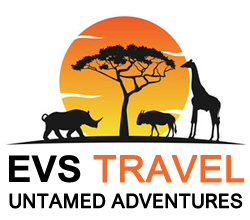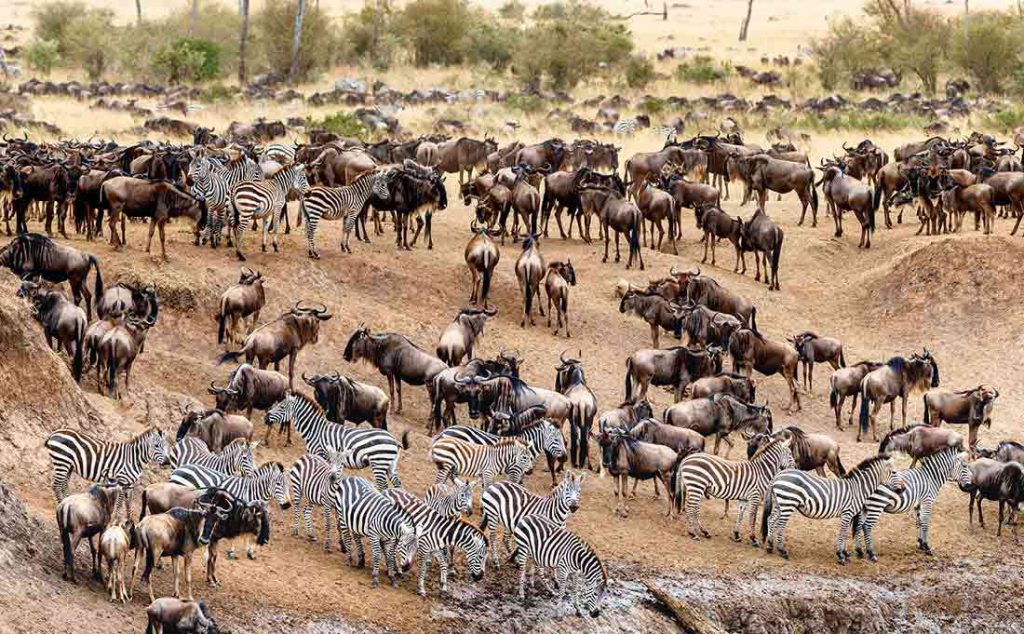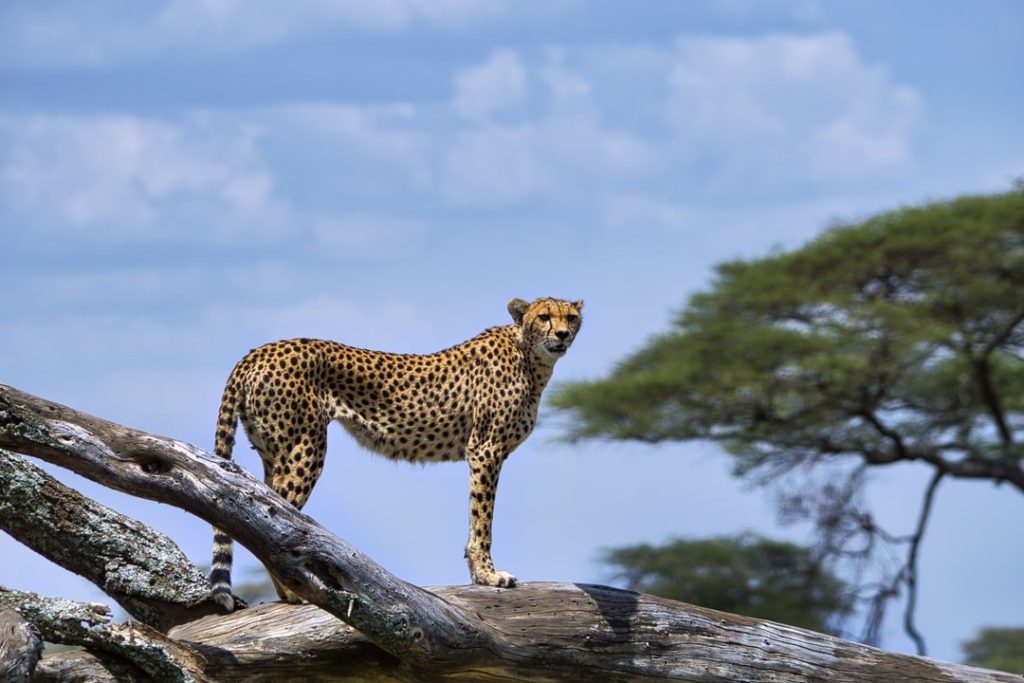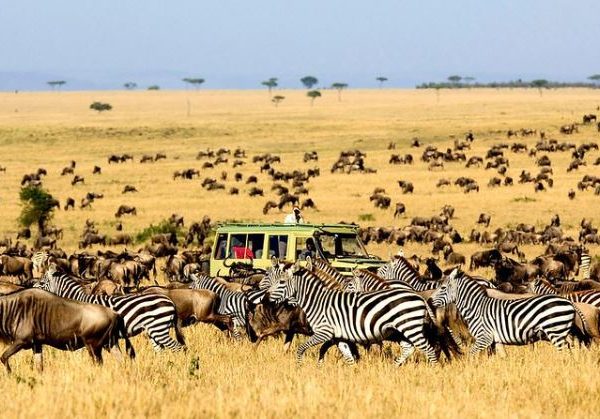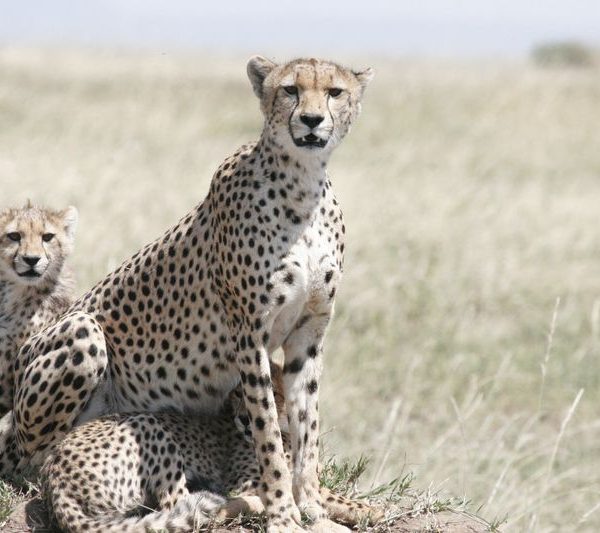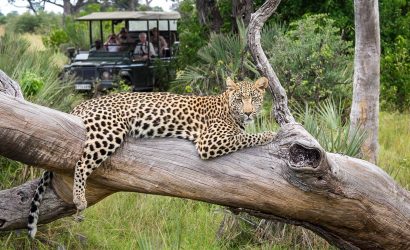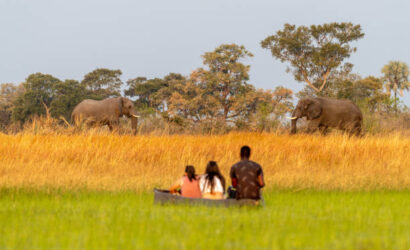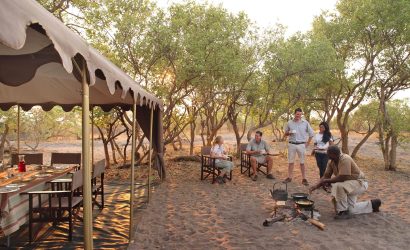Location & Size
- Located in northern Tanzania, Serengeti covers approximately 14,750 square kilometers (5,700 square miles).
- Part of the larger Serengeti ecosystem, which extends into Kenya’s Maasai Mara.
- Established in 1951, one of Africa’s oldest and most iconic national parks.
Wildlife & Ecosystems
- The Great Migration: Serengeti hosts the annual migration of over 1.5 million wildebeest, accompanied by hundreds of thousands of zebras and gazelles. This cyclical movement is considered one of the greatest wildlife spectacles on Earth.
- Big Five: Home to lions, leopards, elephants, buffalo, and black rhinoceros.
- Also abundant with cheetahs, hippos, crocodiles, hyenas, giraffes, and a vast variety of antelope species.
- Diverse habitats include:
- Open grassy plains (famous endless plains)
- Riverine forests along the Grumeti and Mara Rivers
- Kopjes (rocky outcrops) providing excellent vantage points and predator dens
- Woodlands and acacia savannahs.
Best Time to Visit
- June to October: Dry season and peak wildlife viewing. Best time to see predators hunting, and excellent for spotting the Great Migration’s river crossings.
- December to March: Calving season when thousands of wildebeest calves are born, attracting numerous predators.
- April to May: Wet season with lush scenery, fewer tourists, and good birdwatching but some roads may be difficult to access.
Accommodation & Lodges
- Wide range from luxury lodges (like Four Seasons, Singita, and Four Seasons) to classic tented camps (like Serengeti Serena, Sayari Camp) and budget-friendly options.
- Many camps are located near key wildlife hotspots like the Seronera Valley or migration corridors.
Popular Activities
- Game drives: Both early morning and late afternoon for best wildlife activity.
- Hot air balloon safaris: Iconic aerial views at sunrise with a champagne breakfast on landing.
- Walking safaris: Available in some areas, led by armed guides, offering close-up nature experiences.
- Cultural visits: Opportunity to visit Maasai villages near the park boundary to learn about local traditions.
- Photography safaris: Tailored tours for professional and amateur photographers with expert guides.
Conservation & Significance
- Serengeti is a UNESCO World Heritage Site and a key part of global biodiversity conservation efforts.
- It plays a vital role in maintaining the ecological balance and supporting migratory routes critical for large mammal populations.
- Conservation efforts include anti-poaching patrols and community engagement programs.
